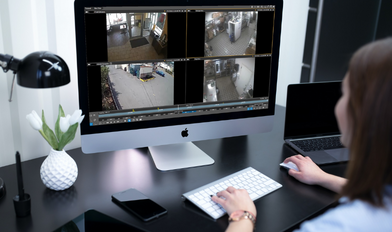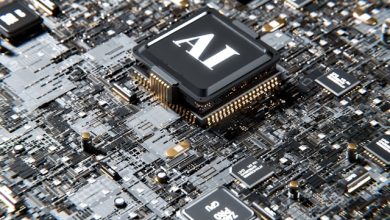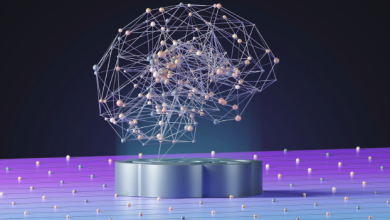
There are some really neat systems and AI models out there today that have made life in the loss prevention sector much easier. Surprisingly enough, most of the breakthroughs have not been on the actual camera/detection side, but rather on the existing hard data. It’s important to pause here and discern between the two very different types of loss prevention: external and internal.
External vs. Internal Theft
External are the typical shoplifters people tend to think of – smash and grab, burglary, etc. Internal can be just as detrimental, and in most cases, it’s usually much higher of a loss leader than external is. It can include employees taking product home, under-charging orders, giving improper discounts, fraudulently ringing up refunds, and countless other methods. Internal loss is a massive issue, and it appears to only get worse over time.
With that said, many AI advancements have taken place over the years to help mitigate some of these issues. These tools are reshaping how companies detect, track, and prevent both internal and external theft.
Advancements in External Loss Prevention
On the external theft side of things, one of the big advancements was the accuracy of scales. Think of a checkout line at Home Depot – someone wants a drill but scans the barcode for something far cheaper; the scale is now advanced enough to know the difference. This was a weak spot for a while, but AI has substantially improved the accuracy of the data (weight per item). Tying the camera to the checkout screen along with the scale makes stealing a lot more challenging.
Advancements in Internal Loss Prevention
On the internal side of things, these advancements have been remarkable. The “old school” way of checking nefarious transactions involved checking physical printed receipts and trying to match them with the video manually, which took hours and hours just to check a handful of transactions. Nowadays, all those transactions are digitized and synced up to the video camera, so a simple algorithm asking, “Hey, give me every order that was deleted,” automatically brings up all the corresponding video. What once took hours to verify now only takes a few seconds.
With AI, you’ll still always need a human verification process, especially when something as serious as theft is being alleged. What’s really been reduced is the time spent on the verification process – what once took days to research now takes mere minutes. This advancement was completely separate from the actual cameras, as all intelligence and logic were based on the POS transactions being digital and matching up to the camera. That action took up the bulk of the time, not the actual cameras being smart.
Current Limitations of Security Cameras
To a large degree, security cameras are still in their infancy when it comes to catching physical theft. For example, if an employee walks out with an item—whether it’s a steak or a t-shirt—cameras often struggle to tell the difference. Cameras can pick up large discrepancies pretty easily, for example, if an employee leaves with a bunch of steaks out the back door, but a single one is more challenging. If it’s well hidden, that piece of steak can pass for anything.
As a result, multiple cameras need to be brought up and followed through. Unfortunately, the AI starts to get a bit confused with this, and more computational power and machine learning are required. Therefore, it’s still easier for the AI to “flag” an action, and the human to verify. Still, the fact that we’re now at the verification stage is game-changing.
The Need for Human Verification
People have this unrealistic and rather wishful thought that AI in cameras will do all the watching and all the work for you. The danger such a system poses is enormous. Imagine if face recognition was not verified by a human, and people were randomly arrested when walking into an airport or a government building. Unfettered and free to roam machine learning is a very dangerous weapon, and regardless of how advanced and sophisticated it works, a human verification needs to occur before the result.
Future Camera Development
How much further can cameras go to “flag” potential unwanted actions for us? I still think there’s a lot of room for further development. Particularly if a camera can sync up numerous models at once (think of merging several different AI applications), where the camera can jump around different use cases to see which model works best for the current action taking place in front of it.
We may still be decades away, or a couple of years, no one really knows. AI advancement has gone from a logarithmic rate of return to linear over the past year. We may have just hit a little plateau at the moment. With that said, the achievements so far with cameras and data in the loss prevention space have been incredible to see and made life easier for users across the globe.





